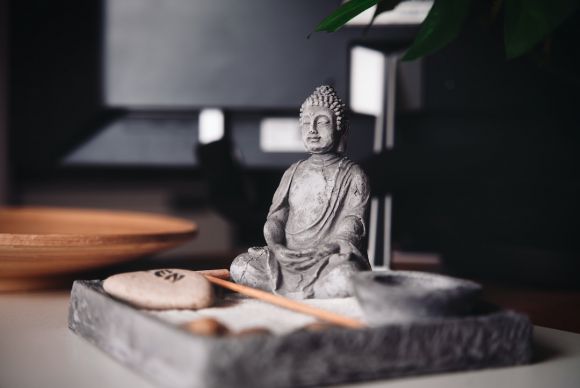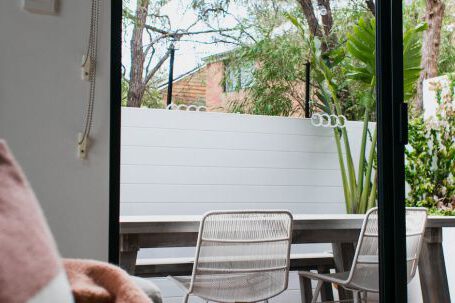Creating a harmonious and balanced outdoor space is the goal of many garden enthusiasts. One approach that has gained popularity over the years is incorporating the principles of Feng Shui into garden design. Feng Shui, an ancient Chinese philosophy, is focused on creating a positive flow of energy, or qi, within a space. By applying these principles to your garden design, you can create a space that not only looks beautiful but also promotes peace and tranquility. In this article, we will explore some key tips and ideas for incorporating Feng Shui into your garden design.
Clearing the Clutter
Before you begin designing your garden, it’s important to start with a clean slate. Clearing away any clutter or unnecessary objects is essential in creating a harmonious space. Remove any dead plants, broken statues, or unused gardening tools. By clearing the clutter, you allow positive energy to flow freely throughout your garden.
Choosing the Right Plants
The selection of plants plays a crucial role in Feng Shui garden design. The colors, shapes, and placement of plants can greatly impact the energy flow within the space. Choose plants that are lush and vibrant, as they symbolize growth and vitality. Incorporating a mix of different plant heights and textures will add depth and interest to your garden. Avoid using thorny or prickly plants, as they can create negative energy.
Creating Balance with Water
Water is an essential element in Feng Shui garden design. Incorporating a water feature, such as a pond or fountain, can help create a sense of calmness and tranquility. The sound of flowing water promotes relaxation and attracts positive energy. Ensure that the water feature is placed in a balanced position within the garden, preferably in the north, east, or southeast areas. Avoid placing the water feature directly in front of the entrance, as it may disrupt the flow of energy.
Designing a Welcoming Entrance
The entrance to your garden sets the tone for the entire space. Create a welcoming and inviting entrance by using a meandering pathway lined with plants. Avoid using straight paths or sharp angles, as they can create harsh energy. Incorporate a focal point, such as a decorative gate or archway, to draw positive energy into the garden. Lighting the pathway with soft, warm lights will enhance the welcoming atmosphere.
Adding Symbolic Decorations
Incorporating symbolic decorations can further enhance the Feng Shui energy in your garden. Wind chimes, for example, are believed to attract positive energy and ward off negative energy. Place them in areas where the wind can easily reach them. Statues of animals, such as turtles or dragons, can also bring positive energy to your garden. Be mindful of their placement and ensure they face towards the center of the garden to promote balance.
Maintaining a Peaceful Space
Once your garden is designed, it’s important to maintain its peaceful energy. Regularly prune and trim plants to prevent them from becoming overgrown and blocking the flow of energy. Keep pathways clear and free from debris to ensure a smooth flow of energy throughout the garden. Regularly cleaning and maintaining your water feature will help keep the energy flowing smoothly.
In conclusion, incorporating the principles of Feng Shui into your garden design can create a space that not only looks beautiful but also promotes peace and tranquility. By clearing the clutter, choosing the right plants, incorporating water features, designing a welcoming entrance, adding symbolic decorations, and maintaining the space, you can create a garden that is not only visually appealing but also promotes positive energy flow. So, why not apply the principles of Feng Shui to your garden and create a harmonious outdoor space that brings you joy and serenity?





